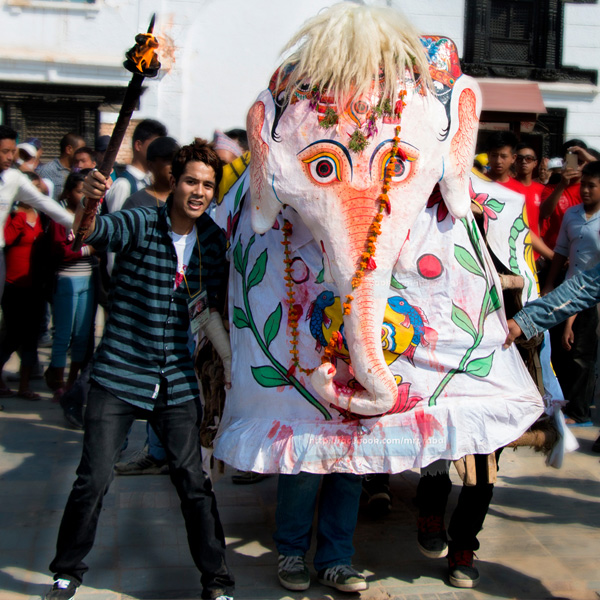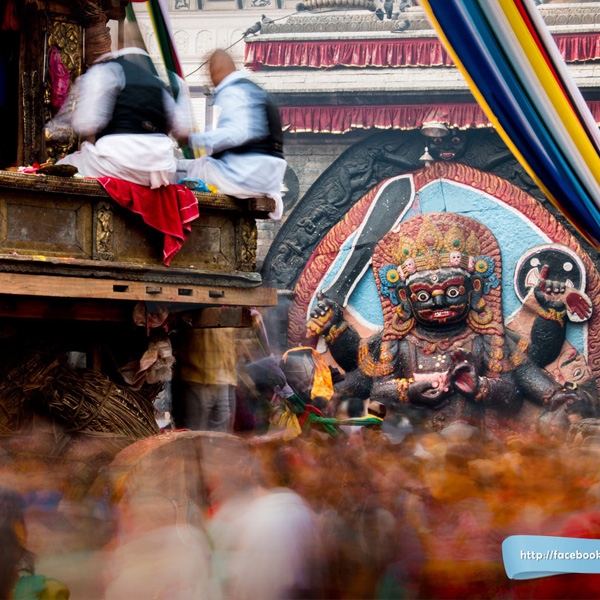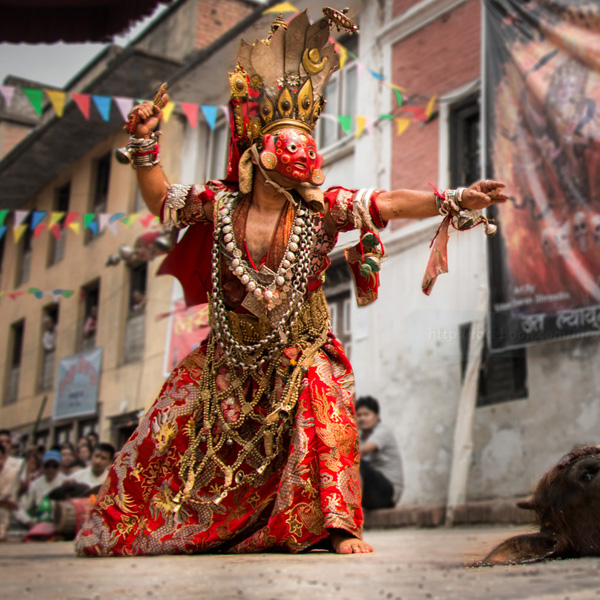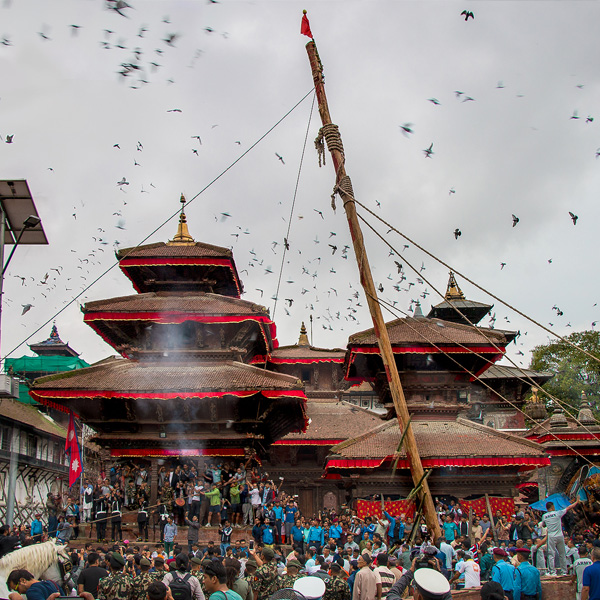Explore the Heritage site of Nepal
Exploring Nepal Legacy from heritage sites, such as the ancient temples, and heritage landmark sites that offer a profound glimpse into rich cultural history and spiritual traditions.
Uncover Culture
Unveil Hidden Culture
We embarked on a journey to uncover the rich and diverse culture legacy that lay hidden in the heart of the ancient city Nepal
Explore Heritage
Discover Heritage Roots
We set out to explore heritage sites that tell the stories of our ancestors and their enduring legacies of Nepal
Discover Daily Life
Start Exploring Nepal
By immersing in local communities, we were able to discover the daily life of Nepali people, experiencing their traditions, cuisine, and vibrant customs firsthand.
WHERE TO GO
Popular Baha & Bahi
Google Map Cordinate
We will provide you with Google Map coordinates to ensure you reach your destination easily and efficiently, guiding you through every turn with precise and reliable navigation.
Get Alert of New Location
You will receive an email notification whenever a new Nepal legacy is added.
The three most vital Kumaris are those who earlier to the Gorkha victory were revered by the Malla Lords of the three capital cities of Kathmandu, Patan, and Bhadgaon. Through regal support, they are positioned among the foremost of well-known divinities, and indeed nowadays they can brag of numerous belongings, particularly gems, given by past rulers.
NEPAL LEGACY
Nepal's Intangible Assets include Culture, Spirituality and Heritage
Indra Jatra is Kathmandu’s most vibrant festival, celebrated with chariot processions of the Living Goddess Kumari, energetic Lakhey mask dances, and the display of Bhairav. Held at Durbar Square, it unites culture, community, and tradition, making it one of Nepal’s must-see celebrations.
Gunlā is a month-long Newar Buddhist festival in Nepal, celebrated with morning pilgrimages, devotional music, meditation, and almsgiving. It strengthens spiritual mindfulness, preserves cultural traditions, and fosters community bonds, making it a meaningful and cherished part of Nepalese heritage and Buddhist practice.
Bisket Jatra is Bhaktapur’s legendary New Year festival, celebrated with giant wooden chariots, a towering pole, ancient serpent myths, and sacred rituals. Rooted in local legend, this nine-day event brings the city alive with color, chaos, and tradition, making it one of Nepal’s most unique and unforgettable cultural experiences.
Pahan Charhe, or Paha Charhe, or Pahachare is a vibrant three-day celebration of the Newars in Nepal, particularly in the Kathmandu Valley. The name of the celebration translates as “inviting guests,” and it refers to the tradition of inviting relatives and friends to share celebratory food and communal activities
Holi, the Festival of Colors, is a joyful celebration of spring, happiness, and togetherness. People throw colors, laugh, and enjoy festive music. It marks a fresh start, bringing families and friends together while symbolizing love, unity, and the victory of good over evil.
Shivaratri at Pashupatinath is a vibrant night of devotion, music, and mysticism, where sadhus, rituals, and ancient traditions create an electrifying spiritual experience under the glow of sacred fires.
Discover Saraswoti Pooja, the festival celebrating knowledge, spring, and cultural harmony in Nepal, with prayers, rituals, and joyous traditions
Maghe Sankranti celebrates Nepal’s cultural diversity, harvests, traditions, spiritual renewal, and unity, emphasizing gratitude, family bonding, and nature worship.
Discover yomari, a traditional Newari delicacy of Nepal. Learn its history, cultural significance, and how it’s celebrated during Yomari Punhi festival.
This five-day festival is observed mostly all over Nepal and has erased the barriers of Village/ city, caste/creed. It is both a religious and cultural festival which brings message of the great importance of relations between people, as well as between people and the nature and animals. It is high time for us to focus our attention on local culture in order to investigates several features that contribute in making this festival outstanding.
Chhath Puja is a well-known four-day festival dedicated to Surya, the Sun God, primarily celebrated in Terai region of Nepal and in certain parts of India. Worshippers abstain from food and water, perform puja and show their gratitude to the sun for sustaining life. Chhath involves a series of rituals carried out in the vicinity of water bodies such as rivers and ponds, which is the concluding stage of offering prayers in the dawn and at dusk.
Chhath Puja is a well-known four-day festival dedicated to Surya, the Sun God, primarily celebrated in Terai region of Nepal and in certain parts of India. Worshippers abstain from food and water, perform puja and show their gratitude to the sun for sustaining life. Chhath involves a series of rituals carried out in the vicinity of water bodies such as rivers and ponds, which is the concluding stage of offering prayers in the dawn and at dusk.
Nepal’s largest and most significant holiday, Dashain Fetival, is joyfully observed for 15 days. It stands for the triumph of good over evil. Families gather to worship the goddess Durga and to give prayers. They enjoy special feasts, get blessings, and don new garments. Dashain celebrations also include playing on swings, flying kites, and honoring Nepal’s rich cultural heritage.
Majipa Lakhey Aaju, often misunderstood as a malevolent demon, is actually a revered guardian of Kathmandu Valley. Celebrated during the vibrant Indra Jatra festival, this legendary figure is worshipped as a manifestation of Calm Bhairab. Despite his fearsome appearance, Majipa Lakhey is a symbol of protection and care, safeguarding the community from evil forces. His fascinating story intertwines with the rich cultural heritage of the valley, making him one of the most unique and respected figures in Nepali folklore.
The Gai Jatra festival allows Nepalis to openly express their emotions, whether it’s sadness, laughter, or any other feeling. It plays a crucial role in helping them work through their grief and move towards a future filled with hope and healing.
Gunla is a sacred month in Kathmandu, marked by pilgrimages, traditional music, and communal devotion, celebrating spiritual and cultural heritage.
Nestled in the lap of the Himalayas, experiences a unique pattern of six distinct seasons of Nepal: Spring, Summer, Monsoon, Harvest Time (Sharad), Autumn, and Winter. Each seasons of Nepal brings its own climate, natural beauty, and cultural significance, profoundly influencing the daily lives and traditions of the Nepalese people. The changing seasons are celebrated through a variety of festivals that reflect the harmony between nature and the spiritual beliefs of the people.
Read the tragic fall of Bhaktapur’s sovereignty as King Ranjit Malla faces conquest by Prithivi Narayan Shah in this historical narrative.
Culturally rich Newar tribes of Kathmandu, influencing Indo-Tibetan art and Nepal’s heritage with profound contributions.
Rani Pokhari, a memorable lake in Kathmandu, was built by Lord Pratap Malla in memory of his child. This rectangular lake, with a central sanctuary, symbolizes illustrious distress and commitment. It remains a noteworthy social and engineering point of interest, reflecting the profound passionate and otherworldly bequest of the Malla line.
Discover Kathmandu’s unique religious harmony and controversies surrounding Tantrism’s influence, reflecting inclusivity and cultural richness in 160 characters.
Shankhamul, a sacred site in Kathmandu Valley, where Bagmati River meets Manohara River, known for cultural heritage and community efforts.




Explore the Vibrant Festivals: A Photo Journey
Plunge into the dynamic celebrations through our captivating photo exhibition. Involvement the wealthy conventions, colorful celebrations, and social legacy that make these occasions genuinely one of a kind and memorable.
Each photo captures the pith of Nepali’s happy soul, exhibiting enthusiastic parades, conventional moves, and complex customs. Connect us in celebrating the heart and soul of this charming city through dazzling visuals.
Preserve Heritage, Prevent Decay
Saving and protecting heritage sites, such as those in Kathmandu, Nepal, is essential for preserving cultural legacy and history for future generations. These sites offer invaluable educational opportunities, promote tourism, and preserve national pride.
Preventing decay and sharing information about these treasures ensures their stories endure, enriching the collective human experience. Heritage sites connect us to our roots, providing a sense of identity and continuity. Their preservation is crucial for maintaining the rich tapestry of human history and culture.
Nepal Festivals Year-Round
Visiting Nepal is always special, as festivals occur throughout the year. There’s no need to select a particular event or month because celebrations are ongoing. While some months host multiple festivals, any time you visit offers a unique cultural experience.
From vibrant street parades to traditional rituals, Nepal’s rich cultural heritage ensures that every visit is filled with festive activities. Whether in the bustling streets of Kathmandu or serene mountain villages, there’s always a festival to enjoy.
Check out this video; It's worth watching!
The video showcases a vibrant cultural event in Nepal, highlighting its rich heritage and traditions. It features traditional music, dances, and rituals performed during a festival. The colorful attire, intricate decorations, and joyful celebrations capture the essence of Nepali culture, emphasizing the importance of preserving these customs for future generations.

